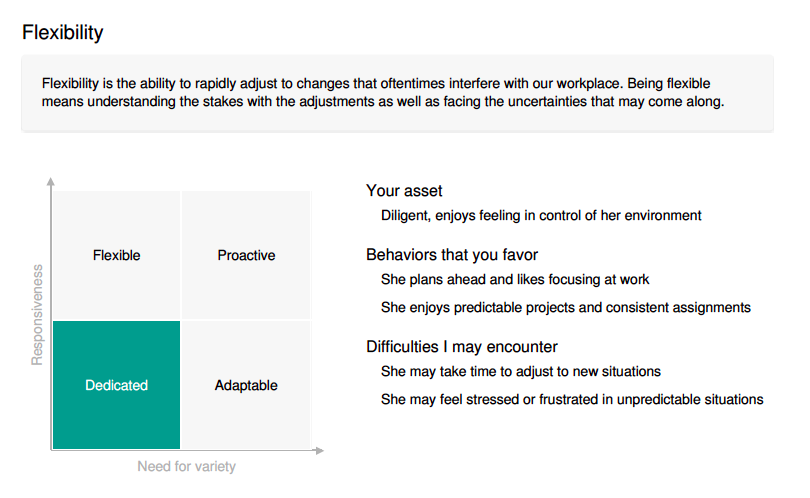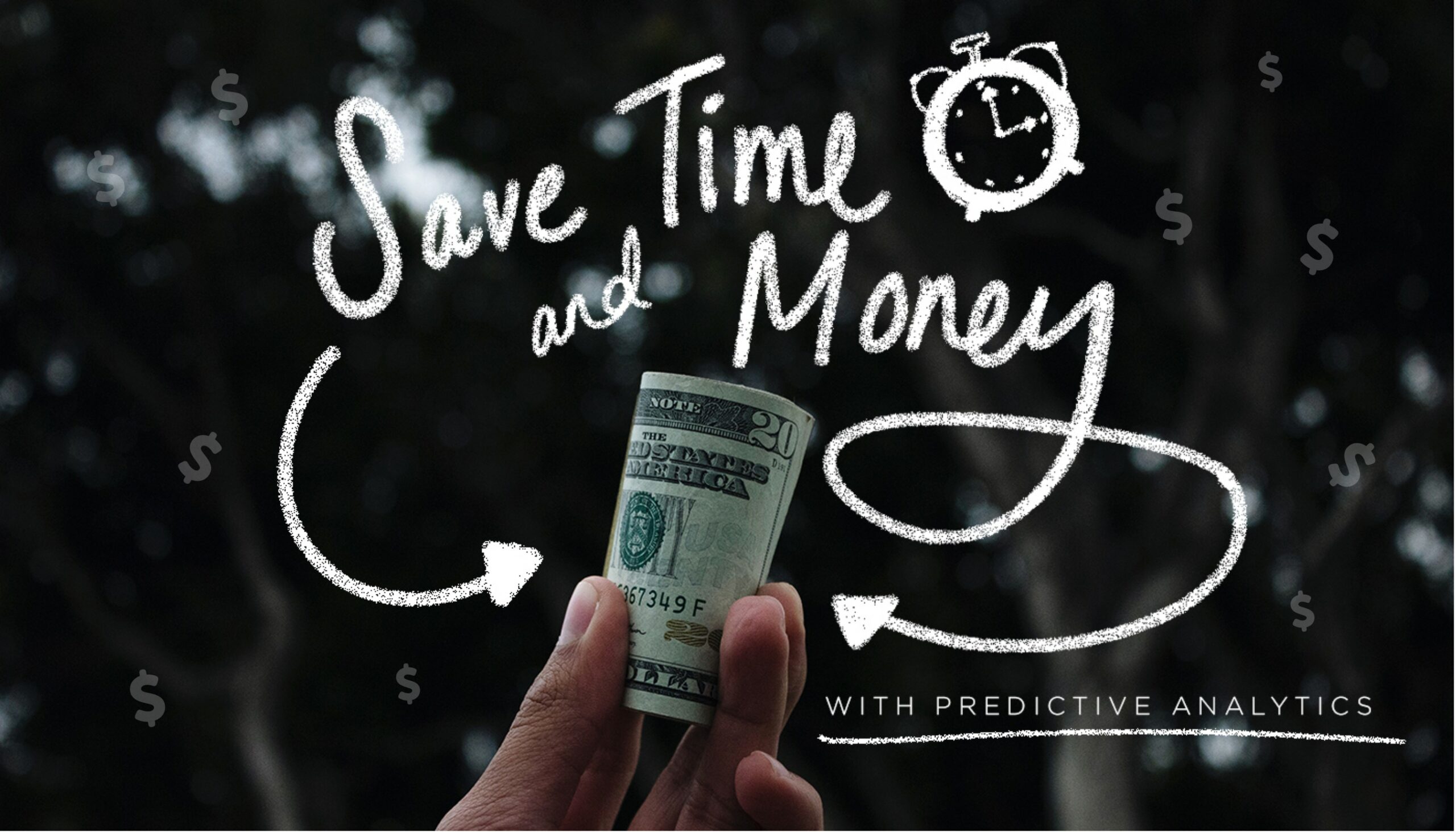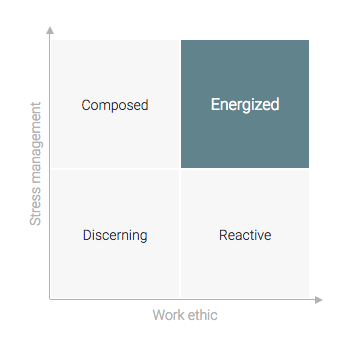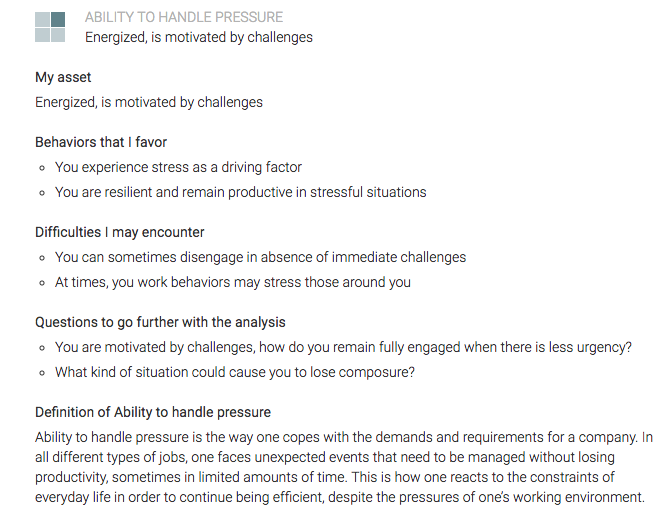Do you Really Know Who You’re Interviewing?

A job interview can go anywhere from 15 minutes, if it’s not going well, to about an hour, if it’s going great! But is this polished, poised, prepared-to-impress you candidate the same person you’d see on a day-to-day basis? Interviewing is an art, and the decision to hire often is dependent on the interviewer’s instinct. “Unfortunately most research shows that you can only trust your gut when it comes to hiring about 50 percent of the time,” says Beverly D. Flaxington, author of Understanding Other People: The Five Secrets to Human Behavior in this ZipRecruiter article. “And a bad hire is costly and disruptive.”
There are ways to increase the odds that your instinct about a candidate is right and avoid costly bad hires. One way is to use a screening company like HireArt — they conduct the first round of video interviews over Skype for you. Another is to partner with a candidate matching service liked Hired.com, where your job openings get matched with resumes in their database. While that’s a very handy tool for matching skill and experience, it’s still only part of what will make an employee last long term. To truly understand whom you’re interviewing you need to introduce objective, personality assessment data into your evaluation. By giving candidates a 15-minute quiz using Talentoday, you’ll have:
- Unique insights you won’t get in an interview. The results will give you a clear understanding of what motivates and drives your candidate, as well as show you their predictive behaviors in seven key areas: teamwork, ability to take initiative, management style, ability to handle pressure, reasoning style, communication style, and flexibility. You’ll see how well a candidate works under pressure, and even what areas in which a candidate could improve.
- Candidate vs. Candidate comparisons. You’ll be able to see how your prospective hire ranks in personality, motivations and soft skills compared to others in your industry. There could be similarities and differences that will help you identify the kind of person you’re looking for.
- Candidate vs. Company comparison. Since Talentoday urges you to assess your team to get a sense of what you are looking for, it will be easy to see how or if your potential hire aligns. You can also widen the scope and see how the candidate fits within the culture of the whole company.
Here’s an example of Jennie, a real candidate who took the Talentoday assessment.

You can see that Jennie is a dedicated planner and thrives with a predictable structure. If the position you’re hiring doesn’t match that kind of environment, it won’t matter if her experience and hard skill set is a match, she probably won’t be a happy, long-term employee.
With the insight and intelligence that Talentoday provides added to your interview process, you’ll be confident that you’re choosing the right employee for your team.
Want valuable insights on your top recruits ? Start your free trial today and use predictive analytics and psychology to make smart hiring decisions. And if you like this post, please hit the ❤️ button below or give me a shout on Twitter.
Replacing an employee costs you 9 months of their salary

According to Zane Benefits, every time a business replaces a salaried employee, it costs 6 to 9 months of that person’s salary in recruiting and training costs. One way to lessen turnover (as well as save time and money!) is to use predictive analytics in assessing candidates during the hiring process.
Predictive analytics uses data to forecast future results. Forbes explains that companies have used predictive analytics to “predict trends, understand customers, improve business performance, drive strategic decision-making and predict (consumer) behavior”. Companies use this data to increase sales and decide on new products to develop, but they can also use predictive analytics in the hiring process. This type of data is key to understanding the personality traits and behavior profile of a potential employee, ensuring the candidate will be a long-term match for the company.
A study by Cornell University identified what traits should be reviewed using predictive analytics for recruiting executives in particular. They looked at two types of behavior orientations: resource-problem solving oriented and people-oriented. “The research found that the former group was key in predicting initial performance while the latter group was a more accurate predictor of future performance trends.”
In 2012, Wells Fargo started implementing predictive analytics for screening employees prior to hiring. By 2015, they screened over two million people and reported to Predictive Analytics Times that after studying retention rates, “teller retention improved by 15% and personal banker retention improved by 12%”.
While the need for predictive candidate assessments is critical, setting one up from scratch can cost up to $10,000 and take hours to administer! The good news for businesses of all sizes is that technology has evolved so that recruiters and Human Resource Managers can test thousands of people in only fifteen minutes for a small price per month by using a service like Talentoday Manager.
Talentoday can predict an individual’s behavior in the following categories: teamwork, ability to take initiative, management style, ability to handle pressure, reasoning style, communication style, and flexibility. Below is an example of a marketing specialist named Alex. Alex’s assessment shows that stressful situations energize her, and that under pressure, she’ll be motivated rather than put off by challenges.
An employer is never going to change an employee’s personality traits, but behaviors can be taught. Tools like Talentoday’s use objective, psychology-based screenings to provide employers critical information on candidates’ personalities and motivations. In this way recruiters and talent managers can best predict a candidate who will thrive in a particular role, and what training a great candidate might need to fill the gap to ensure long-term success.
Curious about how analytics can save you time? Start your free trial today and use predictive analytics to make smart hiring decisions. And if you like this post, please hit the ❤️ button below or give me a shout on Twitter.
People don’t leave companies they leave managers.

7 Keys to Long Term Employee Happiness
When employees quit, it’s not their company they’ve had enough of, it’s their managers.
Forbes reports from multiple data sources like Gallup and Dale Carnegie that 60–70% of employees are not working to their full potential or engaged with the work they’re doing. That’s a frightening majority! And worse, the cost in lost productivity to U.S. companies is more than $450 billion.
There are reasons beyond the boss relationship that might cause an employee to become disengaged and quit. From personal reasons (Harvard Business Review reports a 16% job hunting spike surrounding when people attend school reunions!) to changes in an organization, like layoffs, which can create insecurity. But the key relationship that will make or break an employee’s success at a company is the one he has with his boss. As Harvard Business Review points out, “in general, people leave their jobs because they don’t like their boss”.
The disengagement numbers are shocking, but it’s also an incredible opportunity to increase productivity through making some positive changes.
- Analyze the flight risk of employees, before they leave. Some companies use an outside firm like Joberate to track who employees are connecting with on social media to predict who might be thinking of leaving.
- Create an open dialogue around motivation and job satisfaction. Conduct “stay” interviews to touch base with employees regularly.
- Get data that delves deeply into a person’s motivations with a tool like the Talentoday Manager.
- Offer internal position openings to employees thinking of leaving. Harvard Business Review highlighted Credit Suisse as using this tactic to reduce attrition of 300 employees and saving the company at least $75 million.
- Give employees more freedom. A study of job satisfaction done by Tiny News showed that “those unfortunate souls whose hands are regularly tied are 28% more likely to think about finding a new employer.”
- Don’t work employees to death. Also according to Tiny News’ research, “employees that are tired and burnt out are 31% more likely to think about looking for a new job”.
- Most importantly: hire the right managers. As Gallup CEO Jim Clifton said, “The single biggest decision you make in your job — bigger than all the rest — is who you name manager. When you name the wrong person manager, nothing fixes that bad decision. Not compensation, not benefits — nothing.”
Every employee is motivated differently, and companies need to know what inspires its team. It’s not correct to assume that a raise or a promotion will always work. In fact, research done by CEB shows that “50% of employees who accept a counteroffer leave within 12 months.” When you know what motivates your employees, using a tool like Talentoday’s, you’ll know best how to keep your talent happily in their seats.
Curious to find out if your employees are happy? Start your free trial today to see if you are motivating your team the right way. And if you like this post, please hit the ❤️ button below or give me a shout on Twitter.




